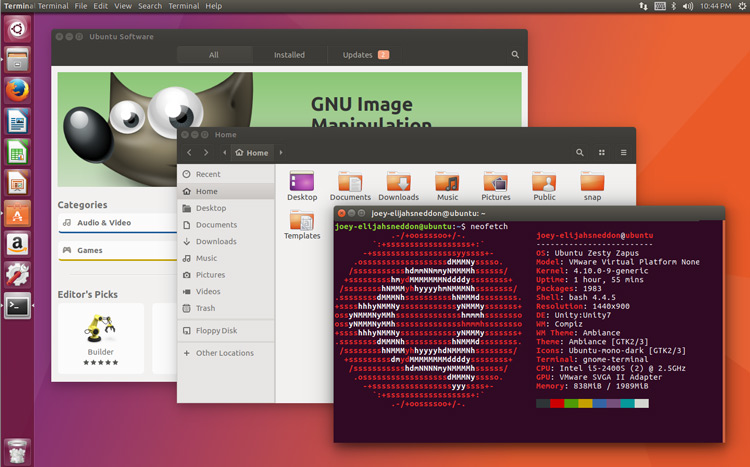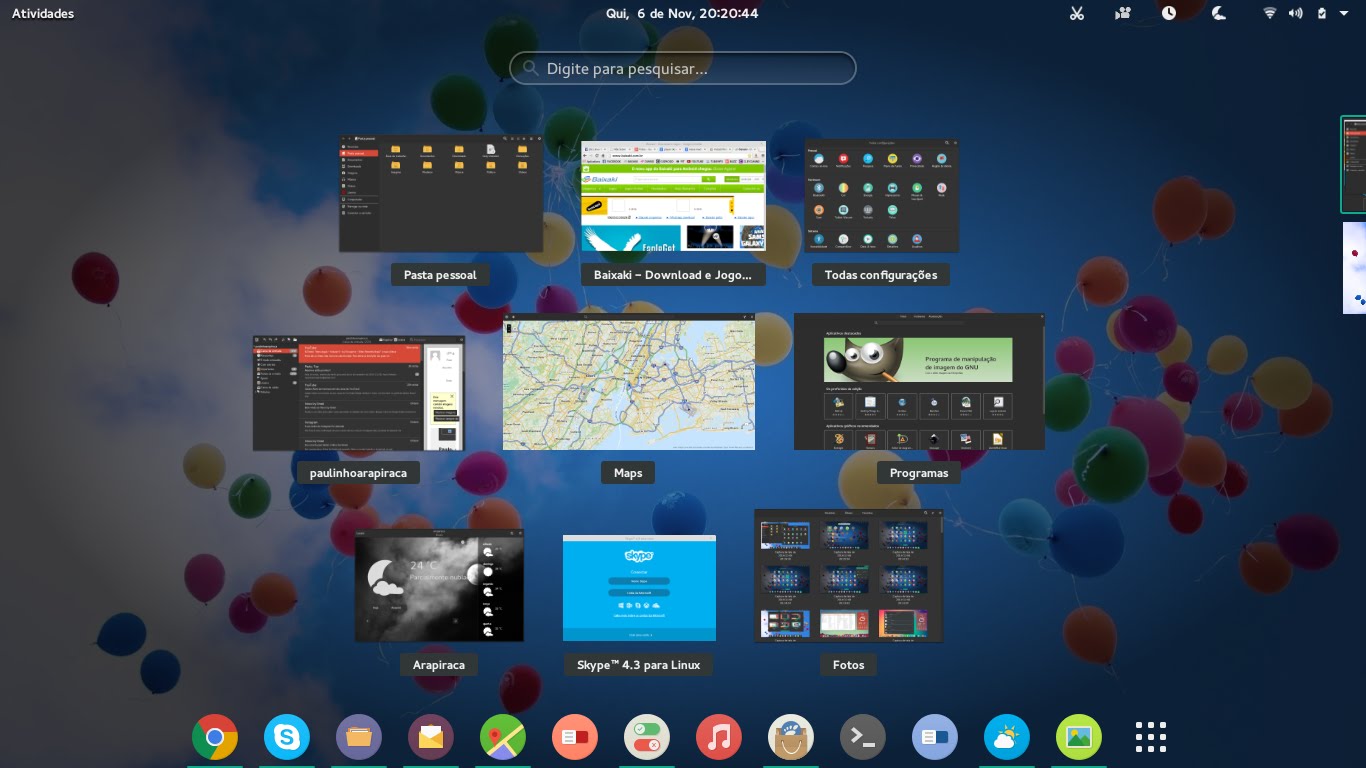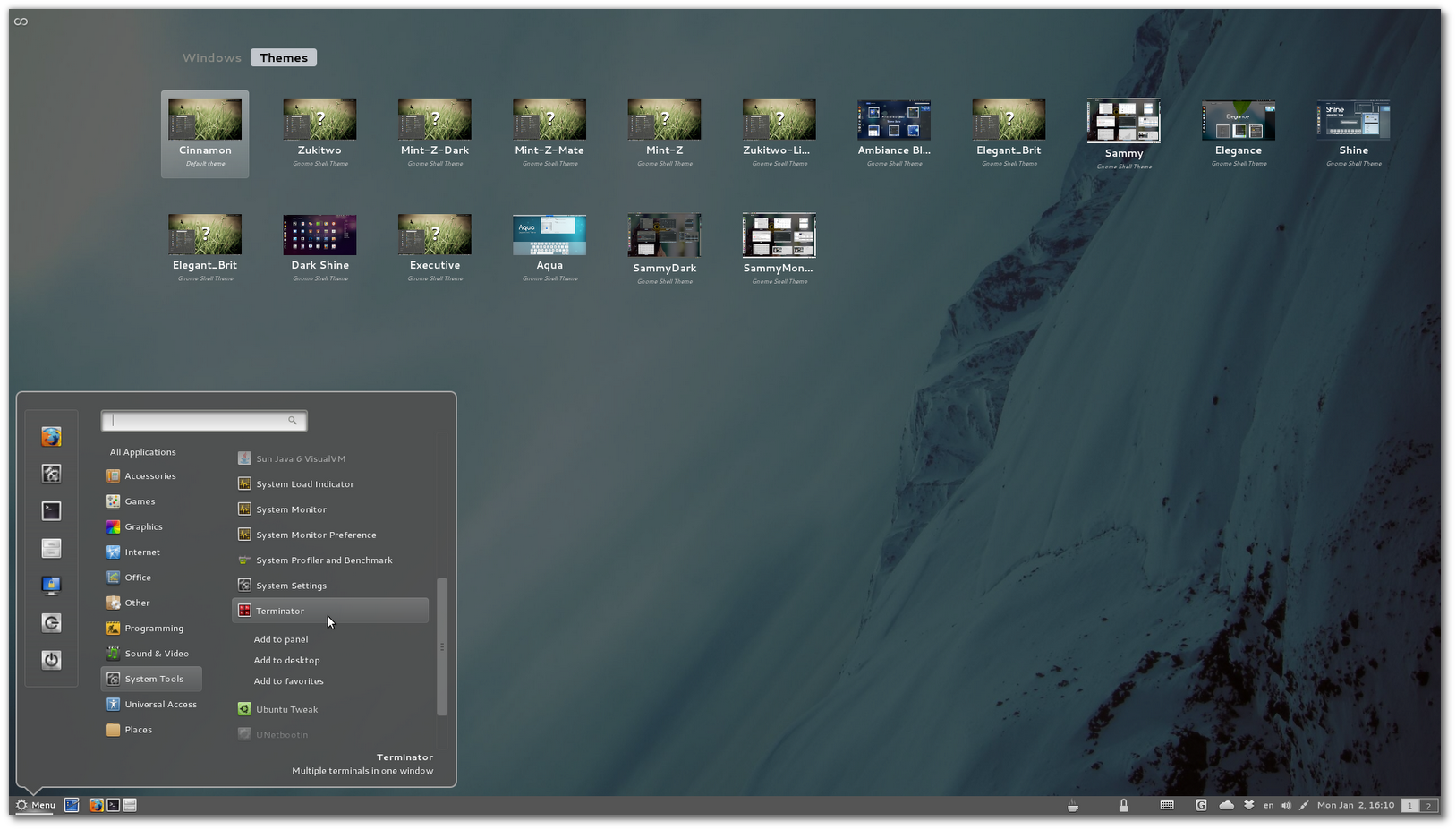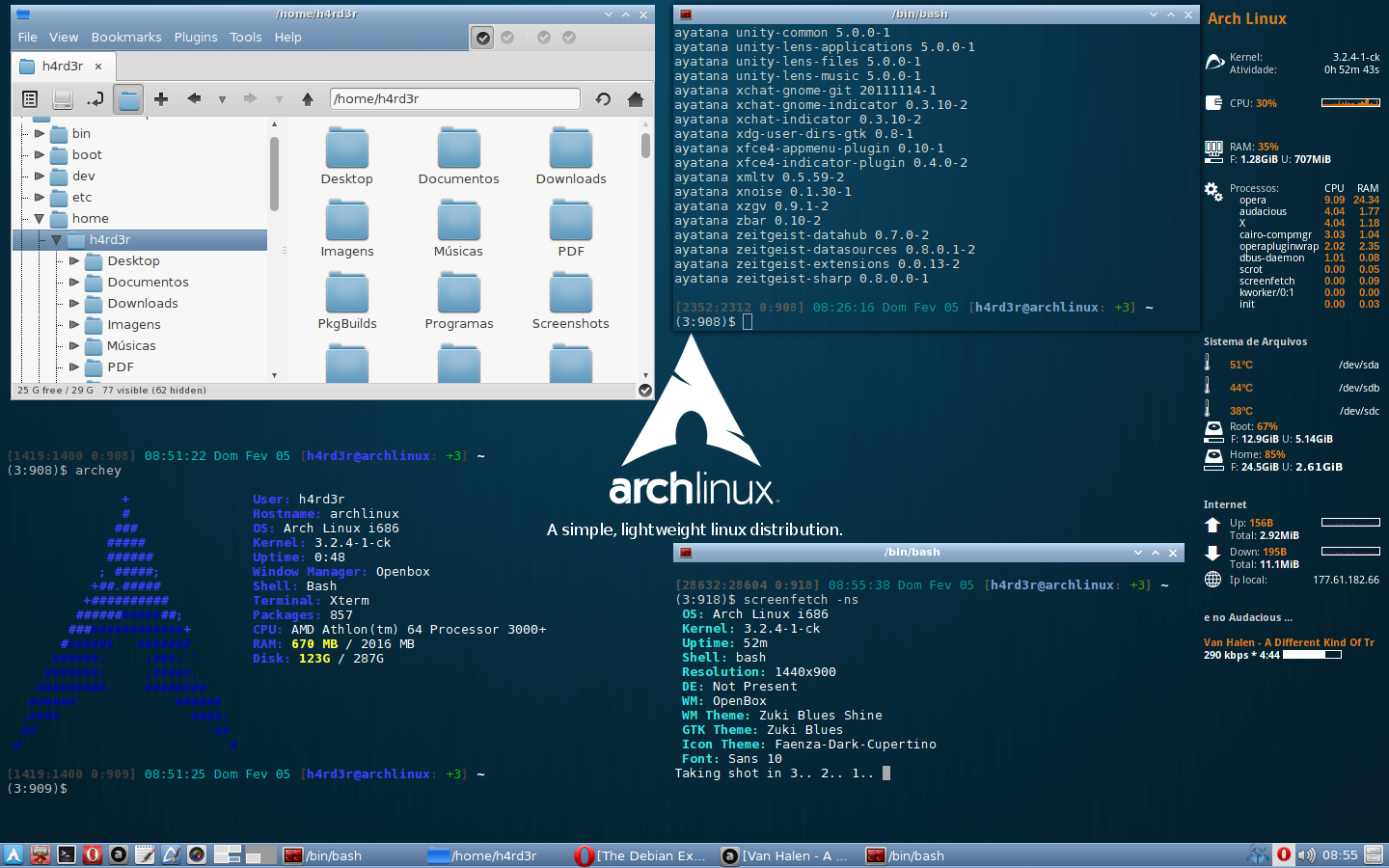Where to go for those who have decided to leave Ubuntu Unity

Canonical recently announced the discontinuation of work on Unity and Mir. Nevertheless, there is no need to panic, not everything is lost here. Of course, it is a pity that the mobile version of the project will not develop, but all other branches are clearly not going to “shrink”. During the Canonical work on them, Unity has gained a lot of loyal fans who will continue to develop on their own.
The community is currently forming a sustainable center that will be engaged in the development of Unity. In any case, fix bugs and patch vulnerabilities will continue. But nevertheless, there is still uncertainty regarding the whole project, and it is not worth relying on Ubuntu Unity to develop actively. What should I choose if it is decided to change Unity to something else?
Ubuntu mate

')
This is one of the best options, which is actively developing, regularly receiving updates and has a familiar interface. The only thing is to keep in mind that supported HiDPI displays here leaves much to be desired. No, that's all okay, but Unity or GNOME support is better organized.
MATE has a familiar interface for Ubuntu users. All applications and regular commands work here. Plus, MATE works faster on computers than GNOME.
This project grew out of Linux Mint. In principle, Ubuntu MATE is also suitable for novice users, there should be no problems with it. Now the conversation is not about getting to know Linux, but for beginners it is really quite good.
Fedora GNOME

As for GNOME, here it is worth trying the Fedora version. Everything here works out of the box, as they say, so there should be no problems. This is also a good option for both beginners and advanced users.
Of course, there is a difference between Ubuntu and Fedora, especially in their package managers. If you are familiar with CentOS, you can assume that you have gained basic experience for working with Fedora. Ubuntu uses Apt, which is very convenient, and Fedora uses DNF, which is also quite good. Here everything is worked out to the smallest detail. For example, if you enter a command in Fedora, the package for which is not installed, the system will offer to install everything yourself, and not just say “command not found”.
Comfortable here will be for all who are accustomed to the graphical interface.
Debian xfce

Debian is the great-grandfather of a huge number of distros and a source of resources for Ubuntu itself. Here it is worth bearing in mind that .deb files are not supported by Debian in the same way as Ubuntu does. They can be installed without any problems, in most cases, but such files can cause Debian to crash.
In Debian, you can use Gnome, but there is another option - Xfce. It is a little easier than Gnome, and in spirit it is closer to the distribution itself.
By the way, it is worth recommending the installation of the xfce-extras package, which contains a large number of functions that are not in the main database.
Some things are not here, for example, secure-boot is not supported. This feature has been removed even from Debian 9, which has not yet been released. At the same time, the new version of the distribution should soon be out, so Debian will fully meet the needs of users. Better, of course, use a stable branch.
Linux Mint Cinnamon

This distribution kit many Linux fans love, but many people treat it not too positively. Nevertheless, this is a good option, which allows you to always keep the software and the system itself up to date.
Cinnamon is theoretically available for use in other distributions, but it works almost perfectly in Mint. Here everything glitters and sparkles, even more than in MATE (this is also a Mint project).
For those planning to leave Ununtu, this is a good option. Upgrades and installers work differently in these systems, but in order to retrain, a lot of time will not be needed.
Arch Linux with any graphical shell

On the Web, they say a lot about the fact that this distribution is quite complicated to install and prepare for work. But it is not so. True, we need experience with the command line. And everything that the user does with this system is basically “sharpened” under the command line.
By the way, if you want to try it on a virtual machine, there may be problems. Such a distribution does not behave perfectly in Virtualbox. In addition, it is worth keeping your system up to date.
In general, also a good option.
And, of course, it’s worthwhile to read about who is going to develop Ubuntu Unity forks, and perhaps there’s no point in switching to something else?

Source: https://habr.com/ru/post/328204/
All Articles